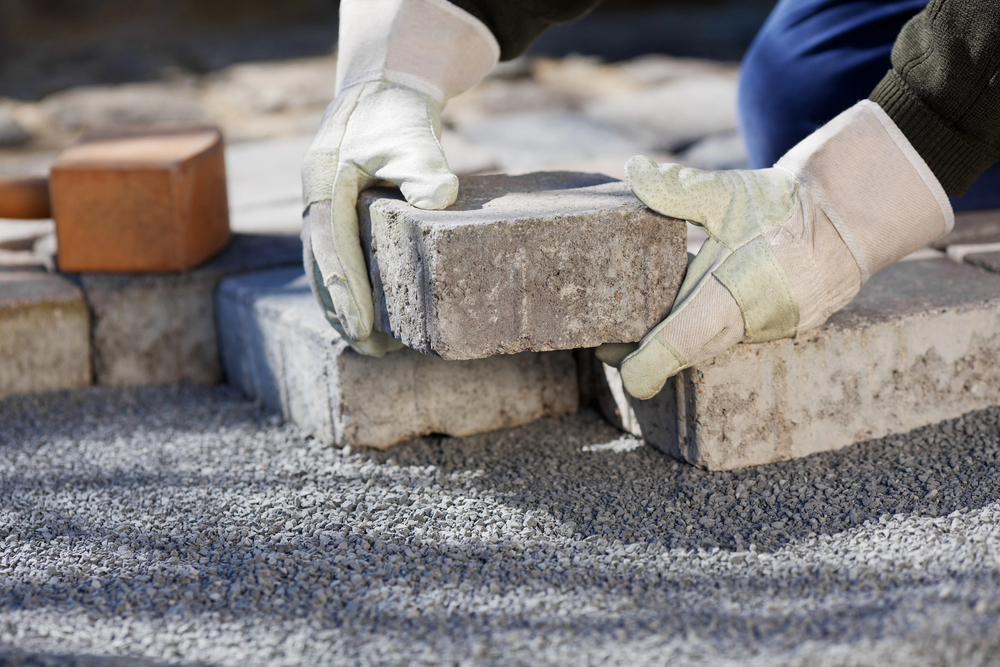Stone masonry encompasses a rich array of techniques for constructing buildings using natural stones bonded together with mortar. This architectural practice, honed over centuries, yields enduring structures that stand the test of time. Read on to learn all about the diverse types of stone masonry here.
Rubble Stone Masonry
Rubble stone masonry represents a straightforward approach, utilizing stones in their natural state without shaping or refining. With wide joints and irregularly shaped stones, this method offers an economical option, ideal for those seeking a rustic aesthetic.
- Coursed
In coursed rubble masonry, stones are arranged in layers or ‘courses,’ ensuring straight and even alignment. Despite retaining a rough appearance, this method provides a sturdy foundation for robust structures.
- Uncoursed
Uncoursed random rubble masonry employs stones of varying sizes and shapes, requiring careful placement to distribute pressure evenly. While each structure appears distinct, the irregularity adds character and charm.
- Polygonal
Using stones with multiple sides, polygonal rubble masonry creates captivating patterns, enhancing visual appeal. Although the stones lack uniformity, their unique shapes contribute to an aesthetically pleasing finish.
- Flint
Flint rubble masonry utilizes durable flint stones known for their strength, making them ideal for long-lasting structures. Common in regions abundant with flint, this method ensures durability and resilience.
Ashlar Stone Masonry
Ashlar masonry employs precisely cut stones for a polished, grand finish. While more expensive than rubble masonry due to the effort involved in stone dressing, it offers unparalleled elegance and sophistication.
- Fine
Characterized by uniform stone faces and thin mortar lines, ashlar fine masonry exudes seamless perfection. The meticulous craftsmanship results in a smooth, refined appearance, ideal for prestigious structures.
- Rough
In contrast, ashlar rough masonry preserves natural textures while maintaining squared shapes. This blend of rugged charm and precise geometry creates a captivating visual contrast, perfect for rustic settings.
- Rock/Quarry-Faced
This subset of ashlar masonry showcases neatly cut edges alongside natural stone faces. The juxtaposition of precision and raw beauty enhances architectural appeal, adding depth and character to structures.
- Block in Course
Combining elements of ashlar and rubble masonry, this approach balances orderly front faces with irregular rear walls. The interplay of textures creates a dynamic aesthetic, capturing attention and admiration.
- Chamfered
In ashlar chamfered masonry, stone edges are beveled, imparting a unique sloping effect. Beyond aesthetic enhancement, chamfered edges offer increased durability against external elements, ensuring longevity.
Square Rubble Masonry
Square rubble masonry involves shaping stones to achieve square corners and level surfaces, resulting in precise and immaculate structures. This method offers two main variants: uncoursed and coursed, each with distinct characteristics.
- Coursed
Organizing stones into horizontal layers or courses, coursed square rubble masonry ensures consistent alignment and appearance. Balancing rustic charm with architectural neatness, it caters to diverse aesthetic preferences.
- Uncoursed
Using uncut or roughly cut stones of various sizes, this method produces a random, non-uniform appearance. While less precise, it offers cost-effective solutions for sturdy, visually appealing structures.
Stone Masonry Paving by Garden State Home Remodeling
Stone masonry encompasses a spectrum of techniques, each with its own allure and functionality. Whether you prefer the rugged charm of rubble masonry or the refined elegance of ashlar, Garden State Home Remodeling can help you achieve every architectural vision.
As a proficient NJ paving masonry contractor, we can assist you with applying the versatility of stone masonry in your home and elevating your property with timeless craftsmanship.

